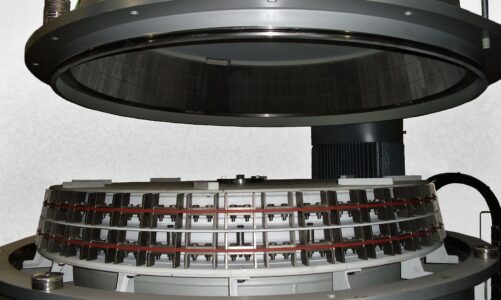Battery Energy Storage Systems (BESS) are revolutionizing modern power management by offering innovative solutions for storing electricity. This technology is critical for integrating renewable energy sources, providing a bridge between intermittent power supply and constant demand. The purpose of this post is to examine the crucial role of BESS in contemporary power management strategies, shedding light on how these systems contribute to a more sustainable and efficient energy landscape.
What is BESS?

BESS stands for Battery Energy Storage System, a technology that allows for the storage and release of electrical power. These systems utilize various battery chemistries, including lithium-ion, lead-acid, and flow batteries, each offering distinct advantages. A BESS typically comprises batteries, a power conversion system, and control software, working together to store excess power and discharge it when needed. This technology is fundamental in managing energy flows, enhancing the reliability and efficiency of power systems.
Benefits of BESS in Energy Management
BESS solutions provide unparalleled flexibility in energy management, enabling the storage of surplus power during periods of low demand and its release during peak times. It plays a vital role in maintaining grid stability by offering ancillary services like frequency regulation and voltage control. Moreover, BESS is instrumental in integrating renewable energy sources, such as solar and wind, into the grid by mitigating their intermittent nature and making renewable power more reliable and predictable.
Applications of BESS
BESS finds applications across various sectors. At a utility scale, it helps stabilize the grid and manage peak demand through peak shaving. In commercial and industrial settings, BESS reduces electricity costs and ensures a continuous power supply, proving vital for operational reliability. Residentially, it allows homeowners to store solar energy generated during the day for use at night, enhancing power self-sufficiency and reducing dependence on the grid.
Challenges and Considerations

Despite its benefits, BESS deployment faces hurdles such as high initial costs and efficiency losses during energy conversion processes. Additionally, environmental impacts associated with battery production and disposal pose significant challenges. These considerations require careful management and innovation to minimize adverse effects and maximize the technology’s potential benefits.
Case Studies
Real-world BESS implementations showcase its diverse applications and benefits. From utility-scale projects that stabilize the grid and manage peak loads to residential systems enhancing self-consumption of solar energy, these case studies underline BESS’s versatility. Commercial and industrial examples further demonstrate how businesses leverage BESS to reduce power costs and improve reliability.
Future Outlook and Conclusion
As technology advances, BESS is poised for significant growth with emerging trends and innovations enhancing its efficiency, sustainability, and cost-effectiveness. Its role in modern energy management is indispensable, bridging the gap between renewable power supply and demand, ensuring grid stability, and paving the way for a more sustainable energy future. The ongoing evolution of BESS technology highlights its central role in transforming power storage solutions, promising a more resilient and efficient energy landscape.




